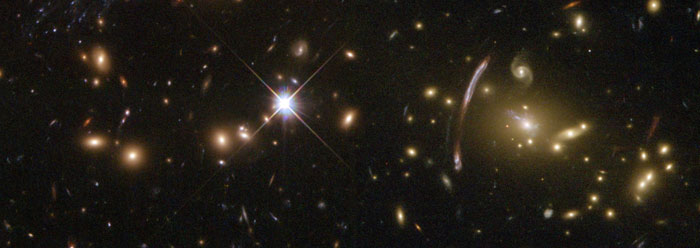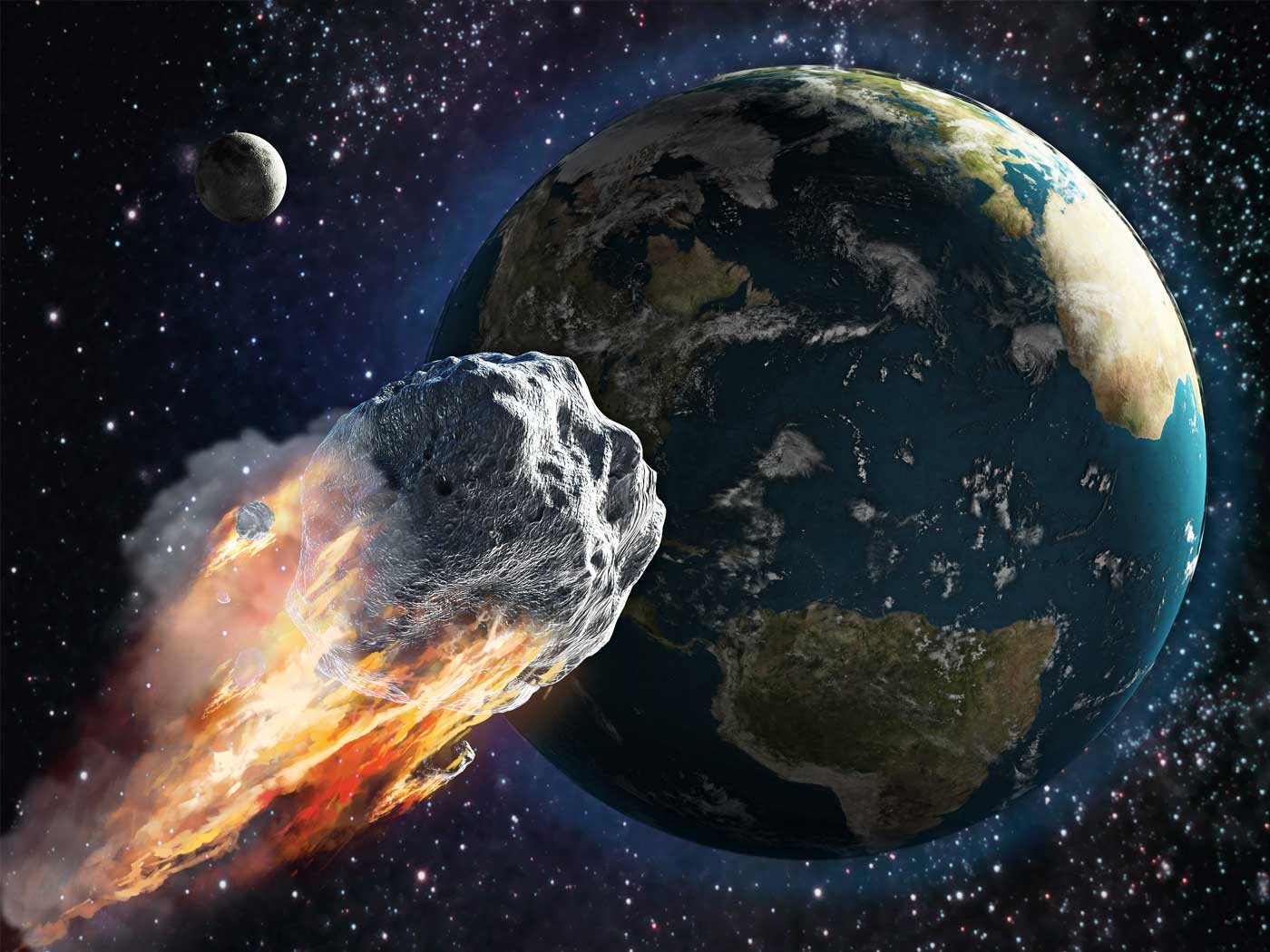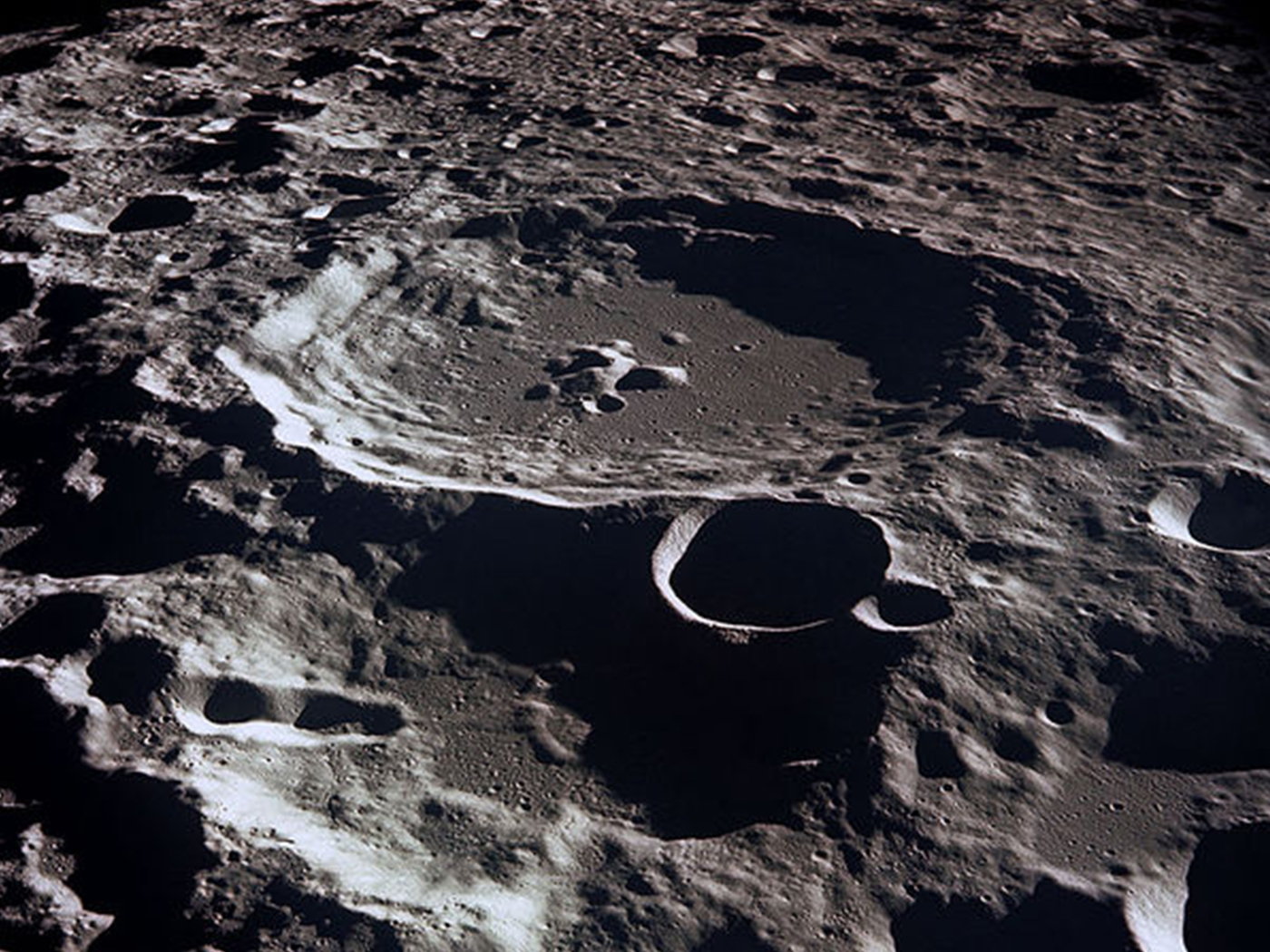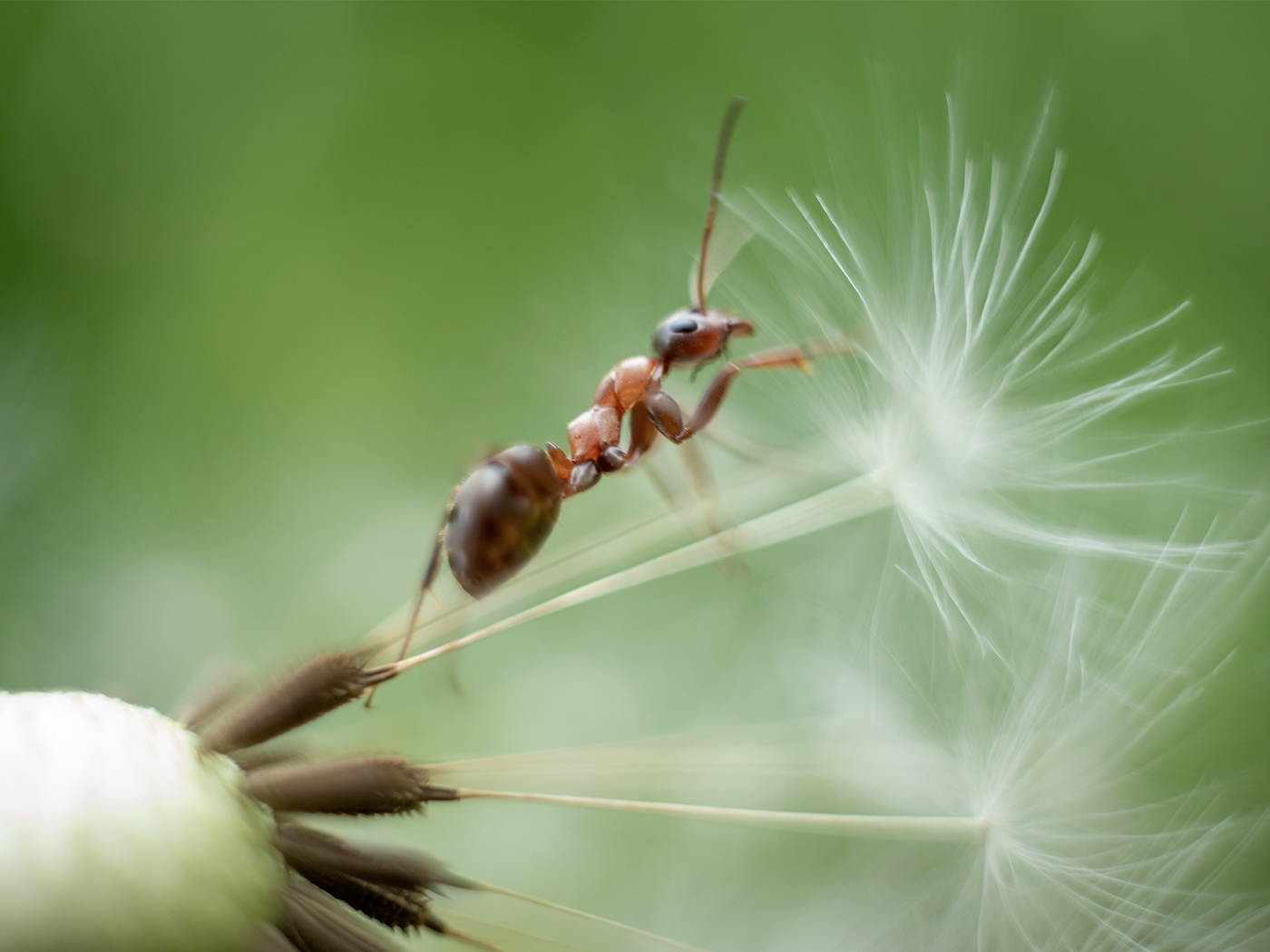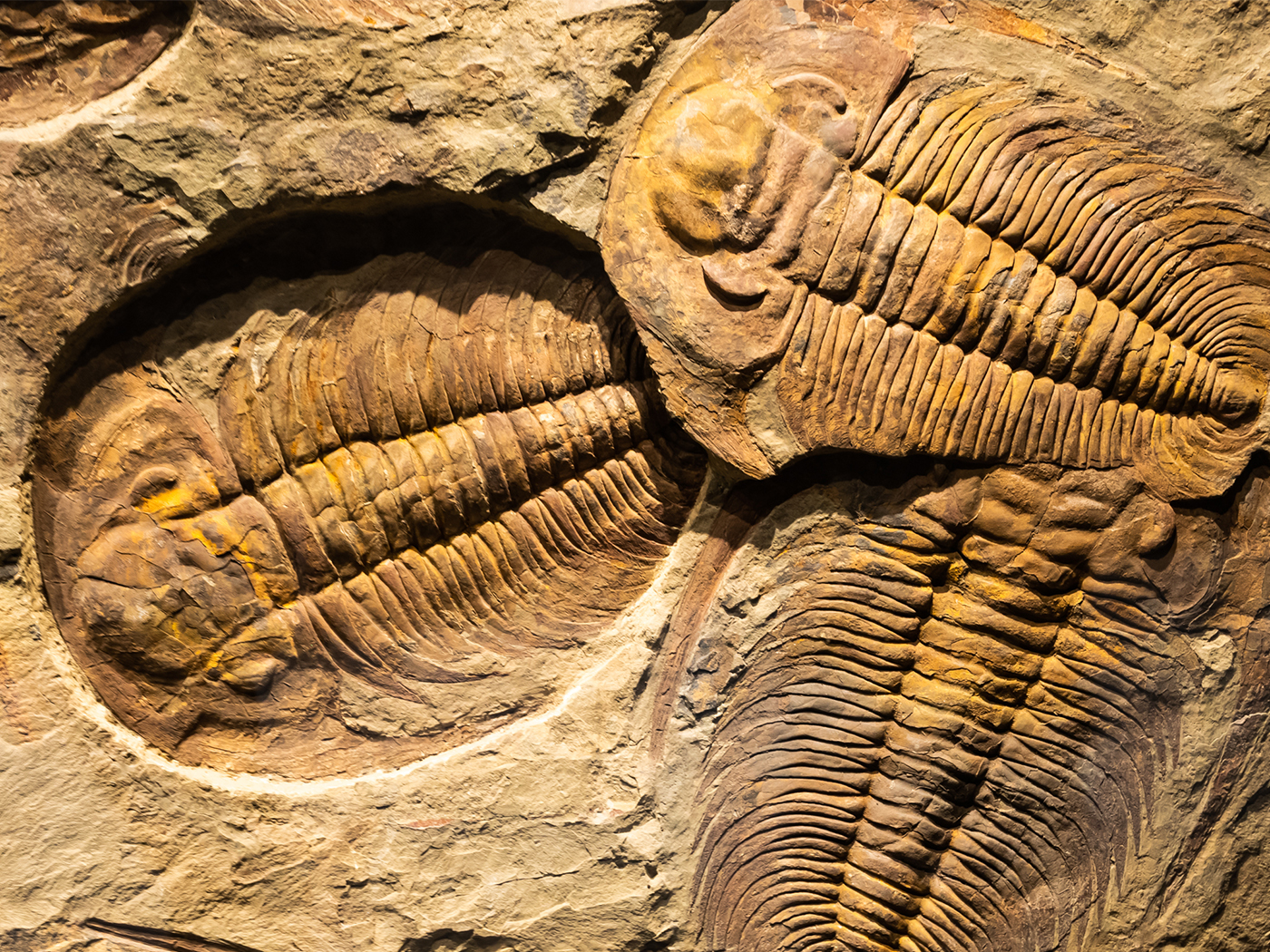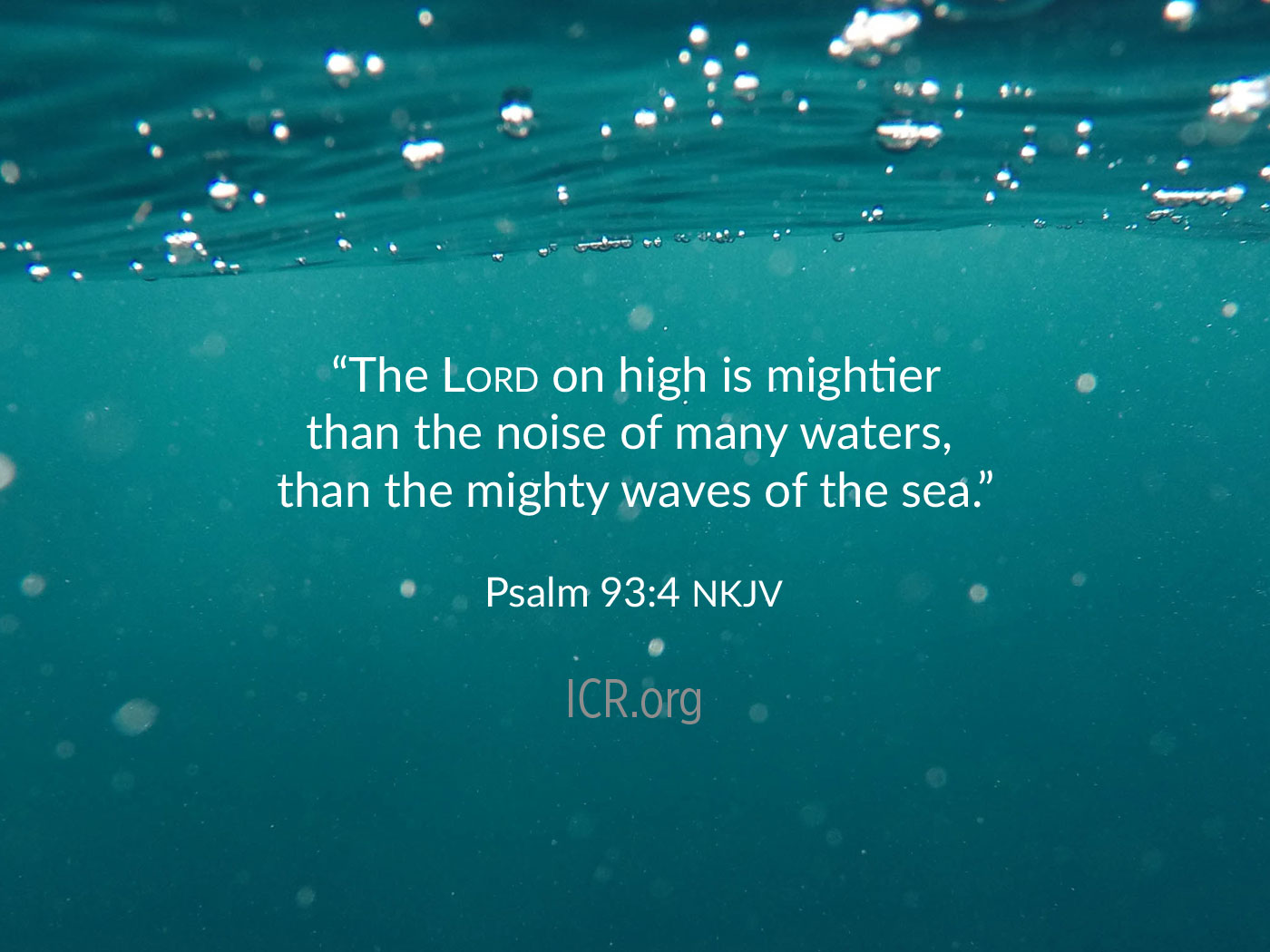The further an investigation gets from testable science, the more speculative it becomes. How many inferences and ad hoc stories does it take before a scientific endeavor becomes science fiction? Two recent proposals from professional cosmologists step squarely across the boundary between conjecture-containing science and just plain conjecture.
The study of stars has a long tradition. Much of what is understood about their structure and motion must be inferred from the light that reaches earth, since they are so far away. When it comes to explaining their origins, even more inferences are necessary.
Publishing in the April 12 issue of Physics Letters B, Indiana University's Nikodem Poplawski explored the idea that "our universe might have originated from a black hole inside another universe."1 This concept of the universe being one of multiple "nested universes" depends on theoretical constructs called wormholes, which in turn depend on never-before-seen "exotic matter" that has negative density and moves in the opposite direction of normal matter when pushed.
ScienceNOW reported that this proposal "may seem fantastic, but a theoretical physicist claims that such a scenario could help answer some of the most perplexing questions in cosmology."2
Poplawski admitted on Space.com that his nested universes concept is not directly testable, and that the question of where the first universe came from that gave rise to the one earth inhabits would be "a very reasonable criticism."1 It seems that for every perplexing question that "nested universes" attempts to overcome, it raises even more, like Hercules' battle with the many-headed Hydra.
Poplawski is not the only cosmologist dabbling in fantastical speculation. Discovery Channel is currently airing a documentary series featuring Stephen Hawking, "one of the world's leading scientists," in which he "will set out his latest thinking on some of the universe's greatest mysteries."3
Among his latest speculations is that the existence of extraterrestrial aliens is "perfectly rational."3 Also according to Hawking, if earth's inhabitants were to encounter them, they could be so far advanced that human technology would be easily overrun if the aliens attempted to exploit the planet's resources. The Sunday Times reported that "Hawking believes that contact with such a species could be devastating for humanity."3
According to the Times, scientists Lord Rees and Brian Cox join in Hawking's belief in aliens. But without so much as a single rivet from an alien spacecraft, a hint of even the basic conditions required for biochemistry anywhere but on earth, nor any coded signals having been detected from far away, belief in aliens falls into the realm of fantasy.
Like much of modern cosmological theory, speculations regarding nested universes and advanced alien life forms are inherently based on a purely naturalistic origin for space, time, and matter/energy. Also like many modern cosmological theories built on philosophies that reject the scientific and historical validity of God's Word, these speculations offer colorful possibilities, but no solid answers.
The latest thinking about the deepest mysteries of the universe is clearly guided more by a refusal to acknowledge a Creator than by empirical science or reason.
References
- Choi, C. Q. Our Universe Was Born in a Black Hole, Theory Says. Space.com. Posted on space.com April 27, 2010, accessed April 27, 2010, reporting on research published in Poplawski, N. J. 2010. Radial motion into an Einstein-Rosen bridge. Physics Letters B. 687 (2-3) 110-113.
- Berardelli, P. Does Our Universe Live Inside a Wormhole? ScienceNOW. Posted on news.sciencemag.org April 9, 2010, accessed April 27, 2010.
- Leake, J. Don't talk to aliens, warns Stephen Hawking. The Sunday Times. Posted on timesonline.co.uk April 25, 2010, accessed April 28, 2010.
Image credit: NASA
* Mr. Thomas is Science Writer at the Institute for Creation Research.
Article posted on May 12, 2010.




